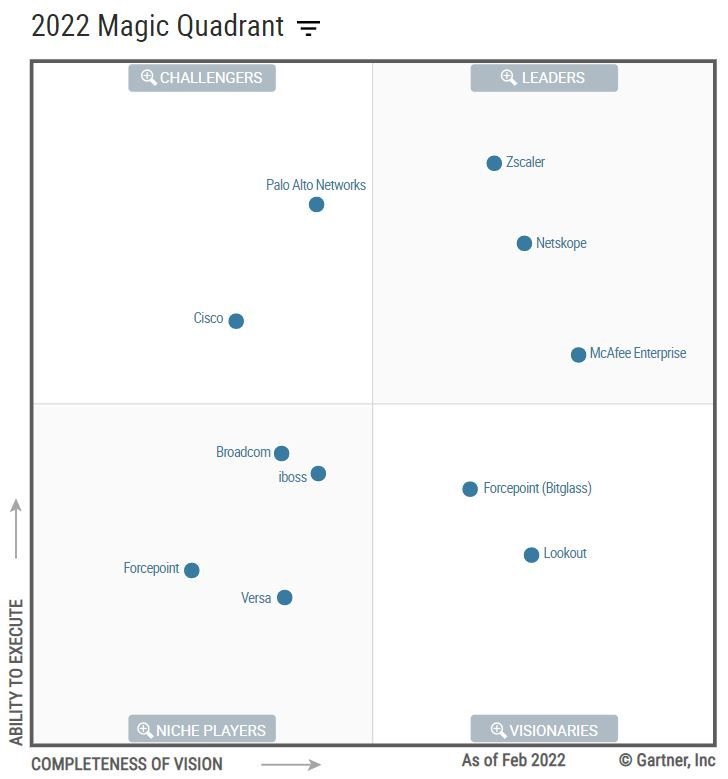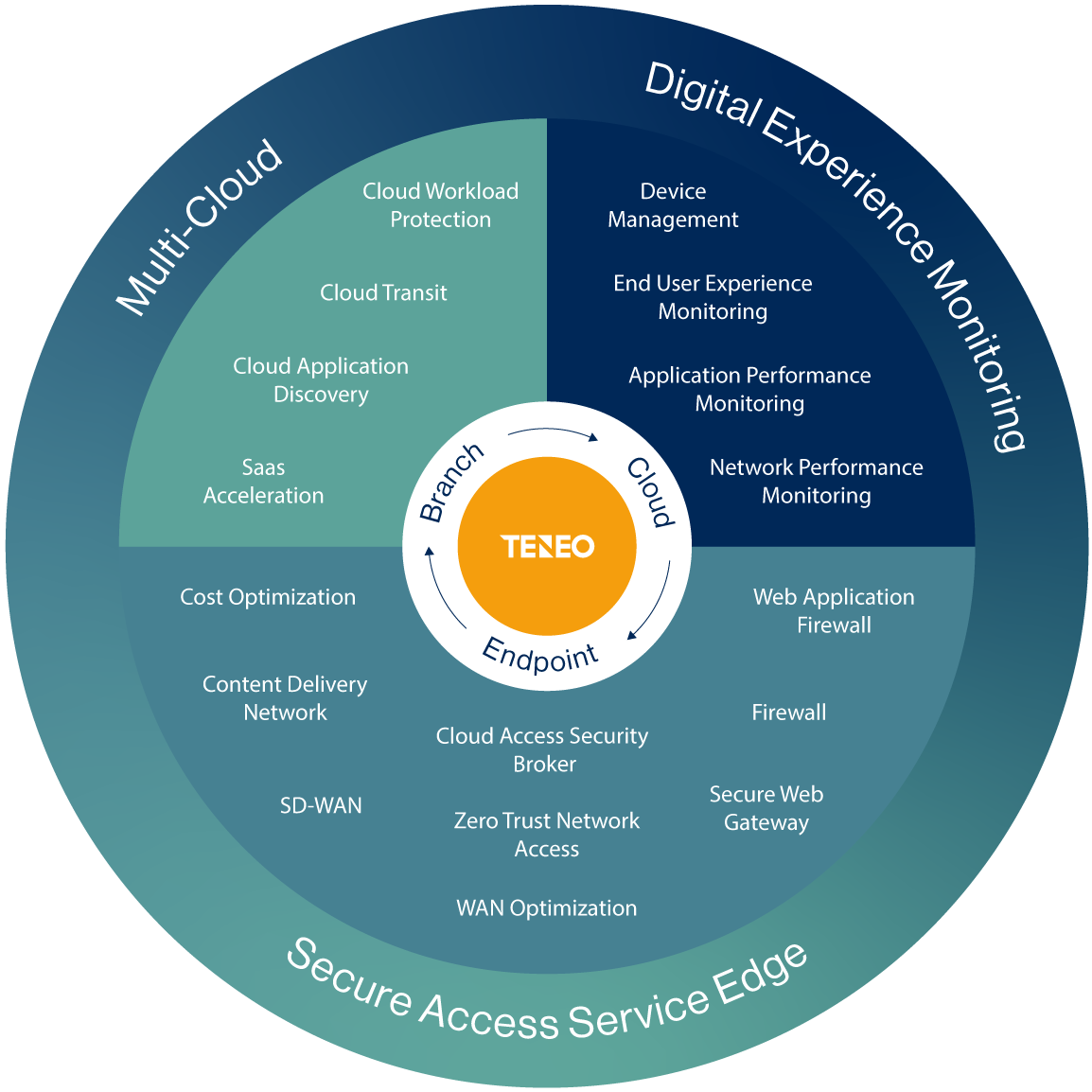What is SSE vs SASE, and is SASE Dead?
Gartner introduced a new security architecture called Security Service Edge, or SSE, back in March 2021. Now finally, after a long wait, they’ve just published their first Magic Quadrant for SSE in February 2022. This begs the question, is SASE dead?
To answer, we need to look at what is SSE vs SASE, and what are the challenges SSE addresses. For easy reference, Gartner created the following SSE definition.
“SSE secures access to the web, cloud services and private applications. Capabilities include access control, threat protection, data security, security monitoring, and acceptable-use control enforced by network-based and API-based integration. SSE is primarily delivered as a cloud-based service, and may include on-premises or agent-based components.”
Two key differences between SSE vs SASE
You may be thinking that a lot of this sounds familiar to the security elements found in the Secure Access Service Edge, or SASE, model. Well, you’d be right. But there are two key differences.
- The SSE model is only security focused, whereas SASE includes networking elements, such as SD-WAN.
- SSE allows IT teams to support users anywhere and anytime by leveraging a cloud-centric approach. Its goal is to reduce complexity and improve user experience by consolidating multiple security capabilities into a single platform.
In other words, you can think of SSE as the ‘security part of SASE’. You now have a choice to either build out integrated, best of breed solutions for Secure Web Gateway (SWG), Cloud Access Security Brokers (CASB), Zero Trust Network Access (ZTNA), Data Loss Prevention (DLP), Remote Browser Isolation (RBI), etc, or buy a ready-made, all-in-one, platform-based SSE product.
SSE vs SASE: SASE is far from dead
In conclusion then, SASE is far from dead, and SSE is the next evolution of Network Security. In future, Network and Security leaders need to ask themselves this one big question: “How can I take advantage of these emerging technologies and architectures to meet the needs of my users and organizational objectives?”
To help with this, Teneo supports a wide range of customer requirements by combining SASE (including SSE) with Multi-Cloud technologies. And this is all underpinned by pervasive visibility, so users can securely connect to applications and get the best possible experience. IT can then become a business differentiator in the pursuit of achieving organizational goals.
Find out more
To find out more about how we can help you choose the right approach between SSE vs SASE, schedule a time to talk to us.




